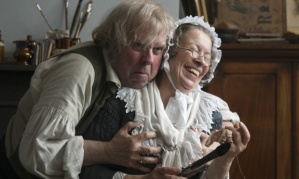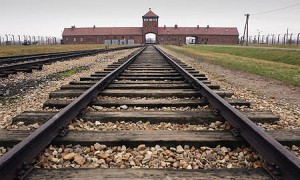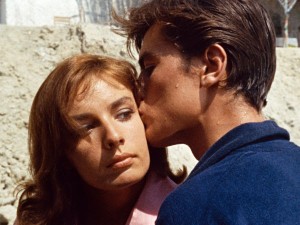Italy bared its teeth during this year’s Giro, the peninsula that can take life with its volcanoes and its earthquakes, sending fatal floods to its people. Perhaps that reminder of what real tragedy looks like maintained a perspective during three weeks of beautiful, brutal, blazing competition on two wheels.
More than ever, the peloton bore the mien of an angry snake, slithering through breathtaking landscapes oblivious to anything but its prey, in this case the finish line for a stage that brought the riders merciful relief. All roads, up and down, wet and dry, narrow and wide, did indeed lead to Rome and glory, but not just for the winners, since every rider who completes a Grand Tour is a hero, the parcours, the greatest opponent, vanquished.
Some didn’t make it. Pre-race favourite, Remco Evanepoel had barely turned a pedal in anger when a positive Covid test sent him home to re-plan a season that had promised so much and still might. Even more unfortunate, 2020’s maglia rosa, Tao Geoghegan Hart, crashed on an innocuous looking stretch of highway and fractured his hip – he might not be in race trim until 2024.
That left a country for old men, as cycling’s dad’s army came to the fore in a race that was very much a product of the young generation’s more chaotic approach to racing. Sprinters can no longer be delivered at the very last moment by a train drilled and disciplined for that sole purpose; big teams struggle to control breakaways as the fight for a decisive lead can last for an hour or more off the line; and the domination that teams like Banesto or Sky would exercise in protection of their leader dissolves as young guns fire fearlessly off the front.
The maglia rosa boiled dow to a duel between two thirtysomethings, six-time GT podium botherer Primož Roglič and the Briton, Geraint Thomas, with three GT top three placings of his own. In the end, after an exhilarating time-trial up little more than a paved track taking them all but across the border to Roglič’s home nation, Slovenia, there was just 14 seconds (or, maybe, three and a half years) between the champions.
For Roglič, it was redemption after his shattering loss of the 2020 Tour de France at the La Planche des Belles Filles TT to countryman Tadej Pogačar – maybe that was why there was such spirit evident between the two men at the finish line. Thomas, phlegmatic and decent as ever, acknowledged that he had lost to the better rider and could reflect on the fact that he beat everyone else up that horrific climb – this was no case of second being “first loser”. He may be, in his own words, “on the piss” for the next two months, but he won’t need to buy many drinks.
There were tears on the sprinters’ day out in the capital too, Mark Cavendish, outgunned by the new generation of fast men on the few stages set up for a sprint, reaped the rewards of dragging his 38 year-old battered body over the Apennines, Alps and Dolomites to find a lead out from an old friend and a valedictory stage win, his 17th in this race. The embrace between the Welshman and the Manxman and the interviews on the line were a rare example of genuine and unabashed sentimentality in professional sport.
The old guys didn’t have it all their own way. Third on the GC, João Almeida showed at 24 that, with the right programme and team support, he has it in him to win in Italy, if maybe not in ultra-competitive France or in mountainous Spain. Two years his junior, Italian sprinter, Jonathan Milan took home the maglia ciclamino, surely the first of many as his pedal-breaking power produces an electrifying top speed that just needs a little more nous to deliver the wins his talent warrants. Second in that classification was Derek Gee, the 25 year-old Canadian track man, who treated each stretch of road as just another lap of a velodrome, gobbling up the geography with no regard to the fact that it’s hard, hard work. Did nobody tell him?
It’s not just the cyclists who have a tough race, so too do the commentators. Eurosport’s coverage is comprehensive and so, as is the case in Test cricket, there’s ample time to wander on and off piste with mic in hand. Though nobody will ever match the eccentricity and emotions of the much-missed David Duffield, this year’s studio gruppetto had its stars.
Orla Chennaoui, she of the loud voice and louder wardrobe, lends her considerable knowledge and boundless enthusiasm to the role of anchor, keeping the boys in check and venturing plenty of opinions of her own. Rob Hatch can’t seem to escape the trap of believing that he’s practising for his Italian GCSE oral exam with his pronunciations and makes quite the contrast with Sean “Yes, well” Kelly, who is inarticulate in many languages but has the priceless asset of knowing what’s going off out there well before anyone else. Star of the show without question was Jens Voigt on the motorbike in the rain, joshing with the riders, giving weather reports that described conditions as 7/10 where we could see it was about -3/10 and loving every second on camera as much as he loved every second as a racer.
And finally, the soon to retire, but never retiring, Thibaut Pinot. In his last season, he still races like a neo-pro antagonising the old lags in the studio with his continual attacking, his energy-sapping emotional outbursts and his disdain for orthodoxy. He nearly triumphed in two stages in the mountains, but, inevitably, found a Pinotish way not to. So what – he has a maglia azzurra for winning the climbers classification and a fifth place on the GC. He also has the hearts of every romantic who follows cycling, his panache remembered long after the more populated palmarès of others are long forgotten.
Not a classic for the race’s 106th edition (we were robbed of too many potential showdowns for that), but a Giro that fascinated and frightened spectators on the roadside or on television with crashes in weather that had some riders questioning if they should be out there at all and the highest stage shortened. But most of the gladiators of the road came through it and those who didn’t will be back knowing that this sport embraces karma more than most. Just ask the man who lost one GT in a penultimate stage TT and, three years later, won another.




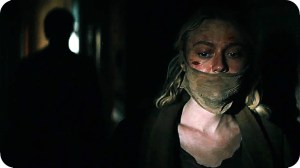










 About 20 years ago, Marco Pantani, the Italian cyclist, was the most captivating sports star on the planet, a force of nature who would seize the moment and, with a passion that crossed frictionlessly to his huge fanbase, deliver superhuman feats. I was a fan – a big fan. In July 1998, at my parents’ house, with my one year old son toddling and playing with bright plastic things in front of me, I watched all six hours of Eurosport’s coverage of his evisceration of Jan Ullrich in stormy weather en route to Les Deux Alpes. I was there in Paris a week or so later, to see him in yellow on the Champs Elysees too.
About 20 years ago, Marco Pantani, the Italian cyclist, was the most captivating sports star on the planet, a force of nature who would seize the moment and, with a passion that crossed frictionlessly to his huge fanbase, deliver superhuman feats. I was a fan – a big fan. In July 1998, at my parents’ house, with my one year old son toddling and playing with bright plastic things in front of me, I watched all six hours of Eurosport’s coverage of his evisceration of Jan Ullrich in stormy weather en route to Les Deux Alpes. I was there in Paris a week or so later, to see him in yellow on the Champs Elysees too.
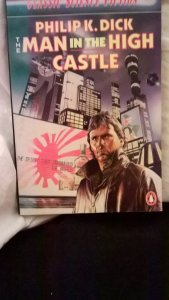







 would made the time pass a little less slowly.
would made the time pass a little less slowly.
